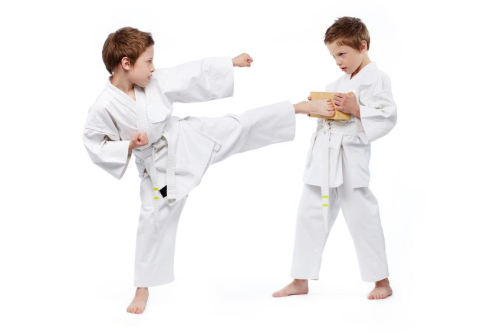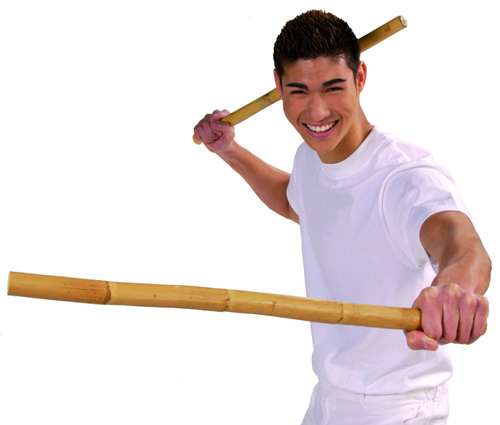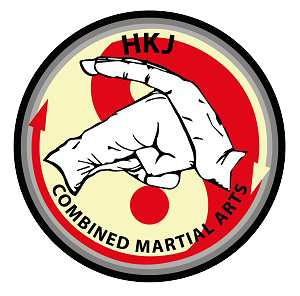With a focus on self-defence skills that can be applied quickly and easily in real life situations, we have a varied syllabus which incorporates the best techniques from a number of disciplines.
The basic syllabus consists of the following;
- Dojo etiquette and use of Japanese terminology
- How to fall and roll correctly (break falls) to minimise personal injury
- Atemi strikes and understanding key pressure points (Kyusho)
- Various fighting stances for different situations and the importance of footwork drills
- Different types of punches and strikes as well as the blocks and parry’s used to defend against them
- Different types of kicks and knee strikes as well as the techniques than can be applied to defend against them
- Various sweeps and throws to take an attacker to the ground
- Techniques to escape wrist grabs, lapel grabs, strangle holds and head locks
- Back-to-back wrestling techniques (ground work) to defend against attacks which end up on the ground


Students will learn self-defence techniques (including blocks, parry’s, counter strikes, sweeps, throws, joint locks and submissions holds) which will prepare them to deal with real-life threats such as;
- Defences from a straight head punch
- Defences from wide right and wide left punches
- Defences from single and double wrist grabs and single and double lapel grabs
- Defences from front and rear strangles
- Defences from rear and front bear hugs
- Defences from shoves, chest pushes and hair grabs
- Defences from kicks

Seniors students are also offered instruction in;
- Knife defences and drills
- Basic Nunchaku and Escrima techniques
- Multiple person attacks
- Light sparring (basic boxing techniques)
- Basic MMA and Kick Boking techniques
All students are encouraged to attend outside seminars to improve their all-round learning and these seminars are often provided at heavily discounted rates to the club.


How you progress
Grading’s are held twice a year (usually in March and October) and present an opportunity for students to demonstrate their developing skills and understanding of the syllabus.
Progression is measured by a series of coloured belts starting at white and finishing at black.
Junior grades are called ‘Mon’ grades; seniors ‘Kyu’ grades and for the most experienced, the coveted ‘Dan’ grades.
White Novice
Yellow 8th Mon / Kyu
Orange 7th Mon / Kyu
Green 6th Mon / Kyu
Blue 5th Mon/ Kyu
Purple 4th Mon / Kyu
Purple stripe 3rd Mon / Kyu
Brown 2rd Mon / Kyu
Brown stripe 1st Mon / Kyu
Black 1st Dan

The club is developing a ‘Senpai’ or Mentor scheme to encourage those with a Dan grading to take their first steps into teaching. Typically this includes;
- Taking a more active role within the club
- Helping the Chief Instructor to teach
- Mentoring juniors from the first three Mon grades (yellow to green) to achieve their next grade
- Conducting the class warm-up and warm-down sessions (explaining the effect on basic muscle groups)
- Developing and delivering simple lesson plans

